In the vast and intricate tapestry of animal navigation, few phenomena are as captivating as the homing instinct of salmon. These remarkable fish embark on epic journeys across oceans, only to return with uncanny precision to the very streams where they were born to spawn. For decades, scientists have been unraveling the secrets behind this incredible feat, and at the heart of it lies a sophisticated chemical memory system—olfactory imprinting. This process, deeply rooted in molecular biology, allows salmon to recognize and remember the unique scent signatures of their natal waters, guiding them home across thousands of miles. The molecular mechanisms underlying this olfactory imprinting are a symphony of genetic expression, neural development, and environmental interaction, offering profound insights into how memory shapes behavior in the animal kingdom.
The journey begins in the early stages of a salmon's life, during the parr stage, when the young fish are still in their freshwater birthplaces. It is during this critical period that olfactory imprinting occurs. The developing salmon are exposed to a complex cocktail of chemical cues in their environment—organic compounds, minerals, and other dissolved substances that create a distinct olfactory landscape. These scents are not merely perceived; they are etched into the salmon's memory through a process involving precise changes at the molecular level. The olfactory system, comprising the olfactory epithelium and the olfactory bulb, undergoes significant development, with neurons forming connections that will later enable the recall of these imprinted smells. This phase is crucial, as it sets the stage for the salmon's future navigation, turning a random stream into a recognizable home.
At the core of olfactory imprinting is the function of olfactory receptor neurons (ORNs). These specialized cells are equipped with receptors capable of binding to specific odor molecules. In salmon, the diversity and sensitivity of these receptors are extraordinary, allowing them to detect an array of chemical cues at minute concentrations. When an odor molecule binds to a receptor, it triggers a cascade of intracellular signals, primarily involving G-proteins and second messengers like cAMP, which ultimately lead to the generation of neural signals. However, imprinting goes beyond simple detection; it involves the stabilization of certain neural pathways associated with particular odors. During the imprinting window, exposure to natal water scents enhances the expression of genes related to synaptic plasticity and memory formation, such as those encoding for NMDA receptors and various kinases. This genetic activation strengthens the connections between ORNs and mitral cells in the olfactory bulb, creating a durable memory trace that persists throughout the salmon's life.
Gene expression plays a pivotal role in this process. Studies have shown that imprinting induces changes in the transcription of genes involved in neurodevelopment and olfactory signaling. For instance, upregulation of genes like c-fos and egr-1, which are immediate early genes associated with neural activity and plasticity, is observed during exposure to imprinting odors. Additionally, epigenetic modifications, such as DNA methylation and histone acetylation, may fine-tune this genetic response, ensuring that the memory is long-lasting. These molecular adjustments ensure that the olfactory system is primed to prioritize and recognize the imprinted scents years later, even after the salmon has spent extensive time in the open ocean, surrounded by a myriad of other chemical signals.
The transition from freshwater to marine environments and back again poses a significant challenge, yet salmon navigate it with ease, thanks to their imprinted olfactory map. As they migrate to the ocean, they encounter a vast array of new odors, but the natal scent memory remains dominant. When the time comes to return, salmon use ocean currents and other navigational aids, but it is the gradual detection of familiar chemical gradients that guides them closer to their birthplace. As they approach freshwater systems, their olfactory system becomes increasingly sensitive to the imprinted scents, triggering behavioral responses that direct them upstream. This homing behavior is not just a testament to their memory but also to the precision of the molecular mechanisms that preserve and recall olfactory information over time.
Understanding the molecular basis of salmon olfactory imprinting has broader implications beyond marine biology. It sheds light on fundamental processes of memory and learning in vertebrates, including humans. The mechanisms involving neural plasticity, gene expression, and epigenetic regulation are evolutionarily conserved, offering parallels to how memories are formed and maintained in other species. Moreover, this knowledge has practical applications in conservation, particularly in efforts to support salmon populations affected by habitat destruction and climate change. By manipulating imprinting conditions in hatcheries, for example, conservationists can potentially enhance the homing success of reared salmon, aiding in their survival and reproduction.
In conclusion, the chemical memory of salmon, driven by olfactory imprinting, is a marvel of natural engineering. From the molecular intricacies of gene expression and neural plasticity to the behavioral outcome of precise homing, this system highlights the profound connection between environment, biology, and memory. As research continues to uncover the details of these mechanisms, we gain not only a deeper appreciation for these resilient fish but also invaluable insights into the universal principles that govern memory and navigation in the animal world. The story of salmon is a powerful reminder of how life's journeys are often guided by the scents of home, imprinted deep within the fabric of their being.

By /Aug 21, 2025
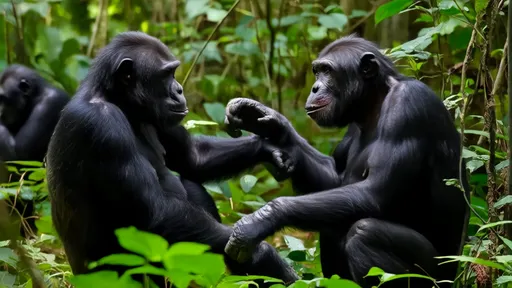
By /Aug 21, 2025
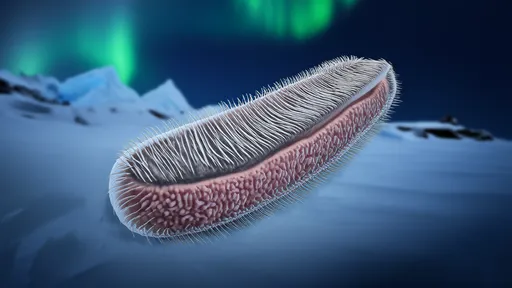
By /Aug 21, 2025
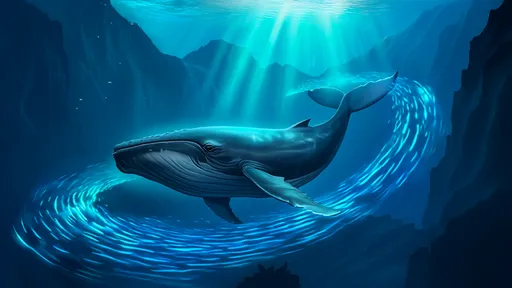
By /Aug 21, 2025
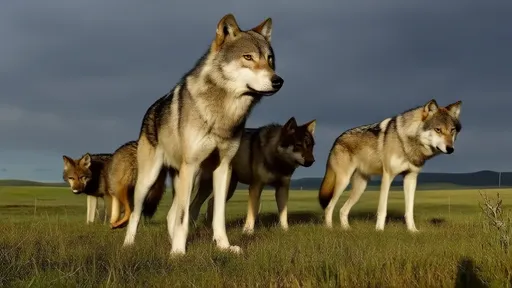
By /Aug 21, 2025
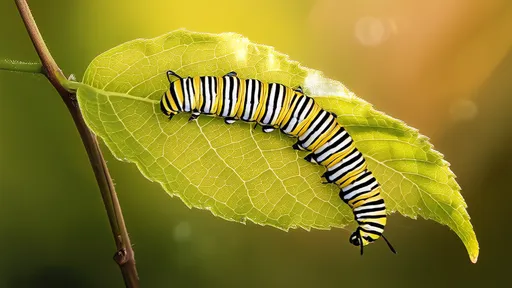
By /Aug 21, 2025

By /Aug 21, 2025
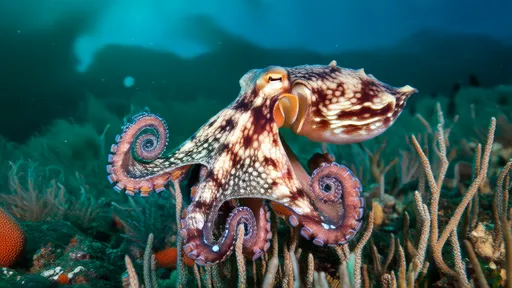
By /Aug 21, 2025
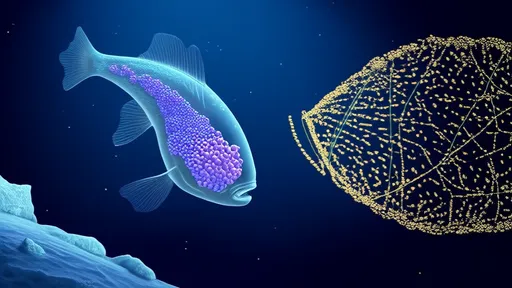
By /Aug 21, 2025
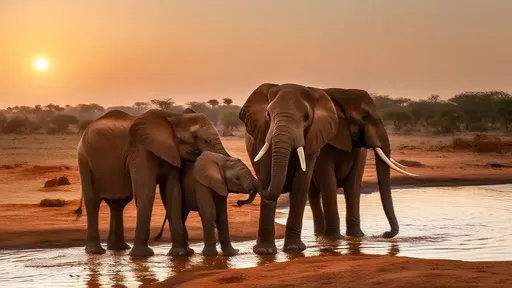
By /Aug 21, 2025
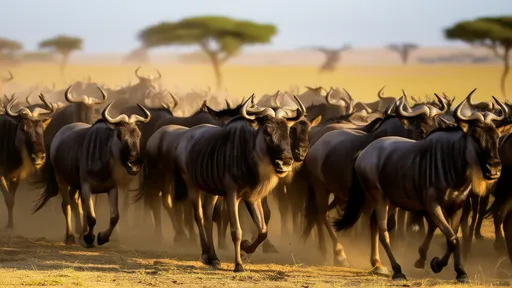
By /Aug 21, 2025
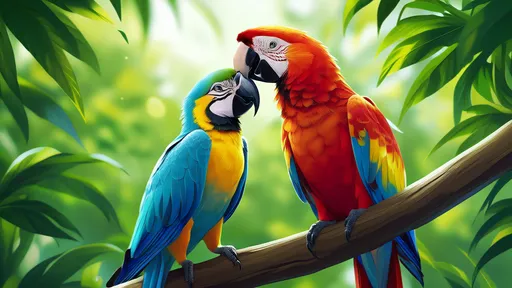
By /Aug 21, 2025
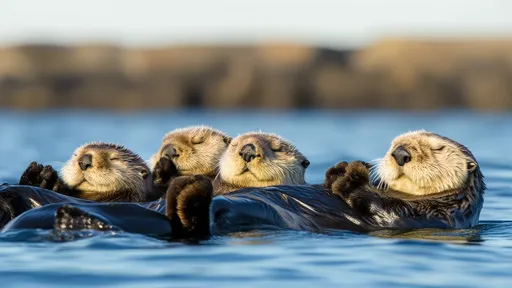
By /Aug 21, 2025
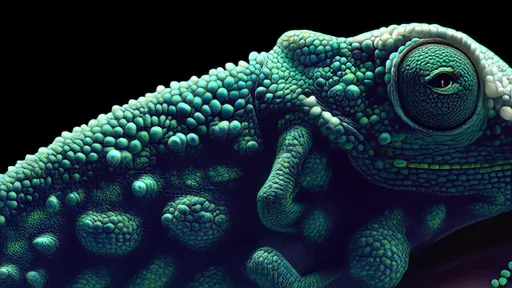
By /Aug 21, 2025
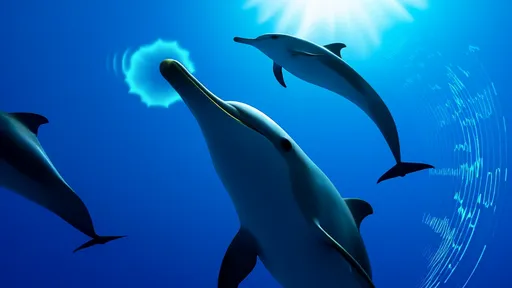
By /Aug 21, 2025
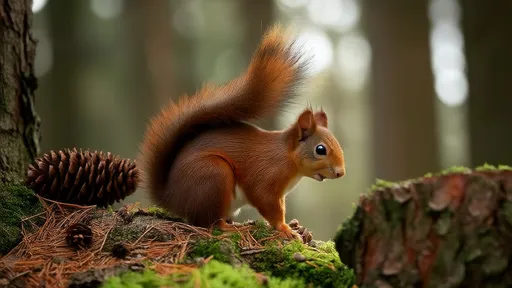
By /Aug 21, 2025
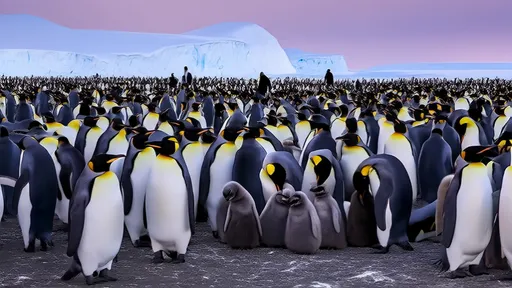
By /Aug 21, 2025
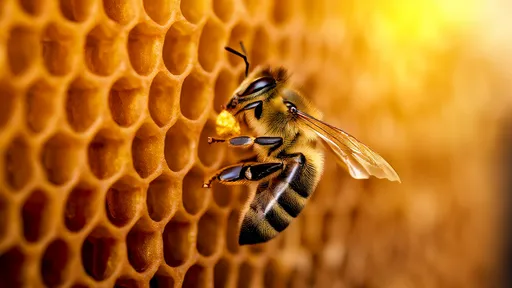
By /Aug 21, 2025
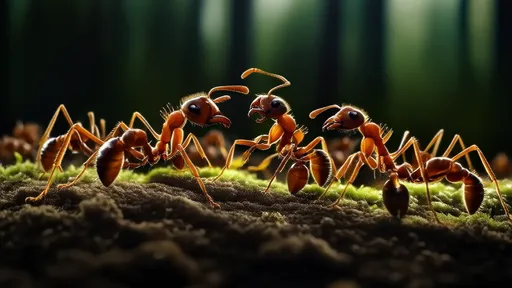
By /Aug 21, 2025
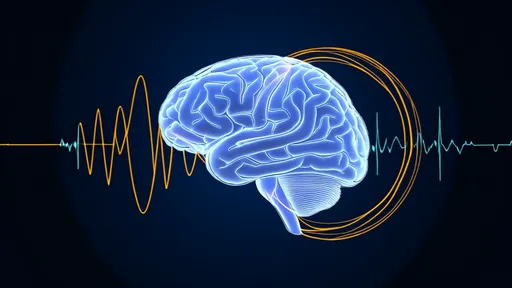
By /Aug 21, 2025